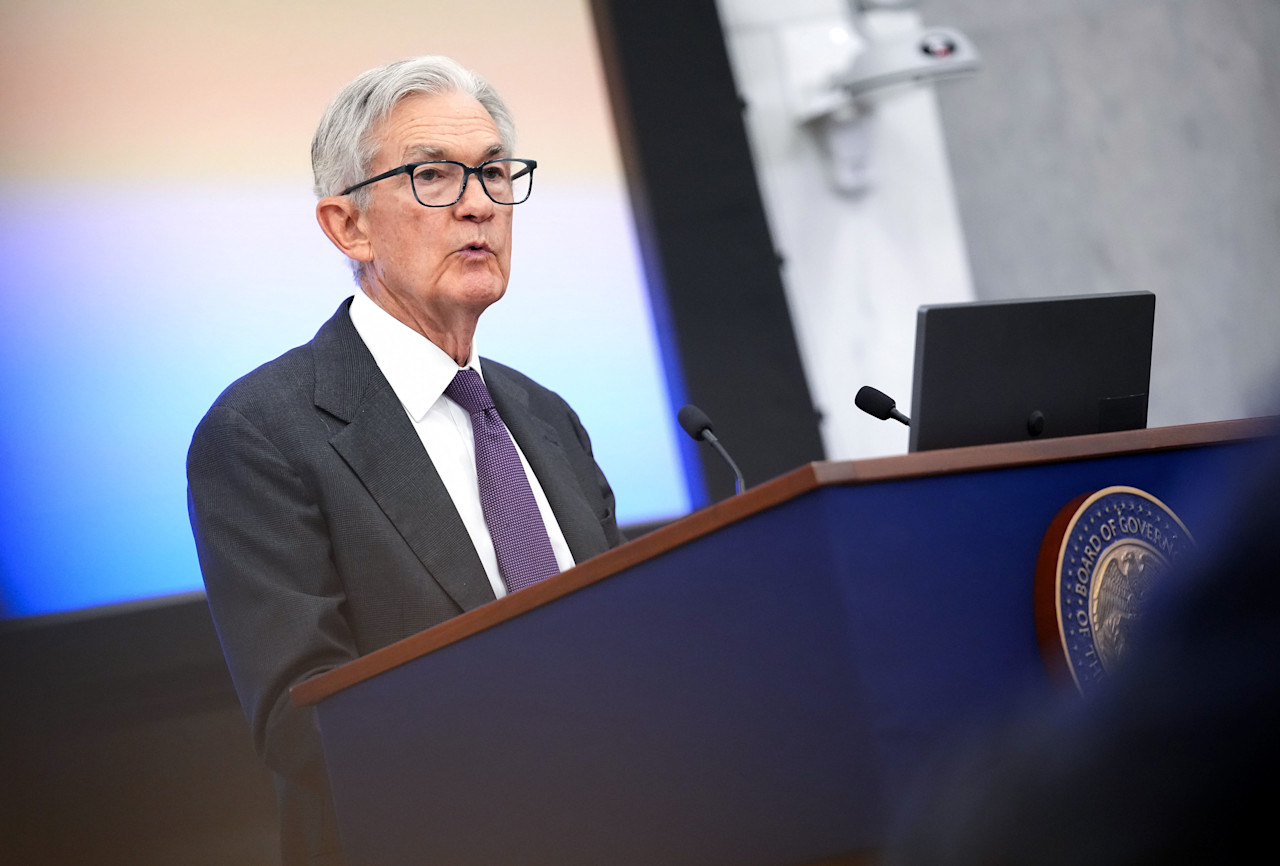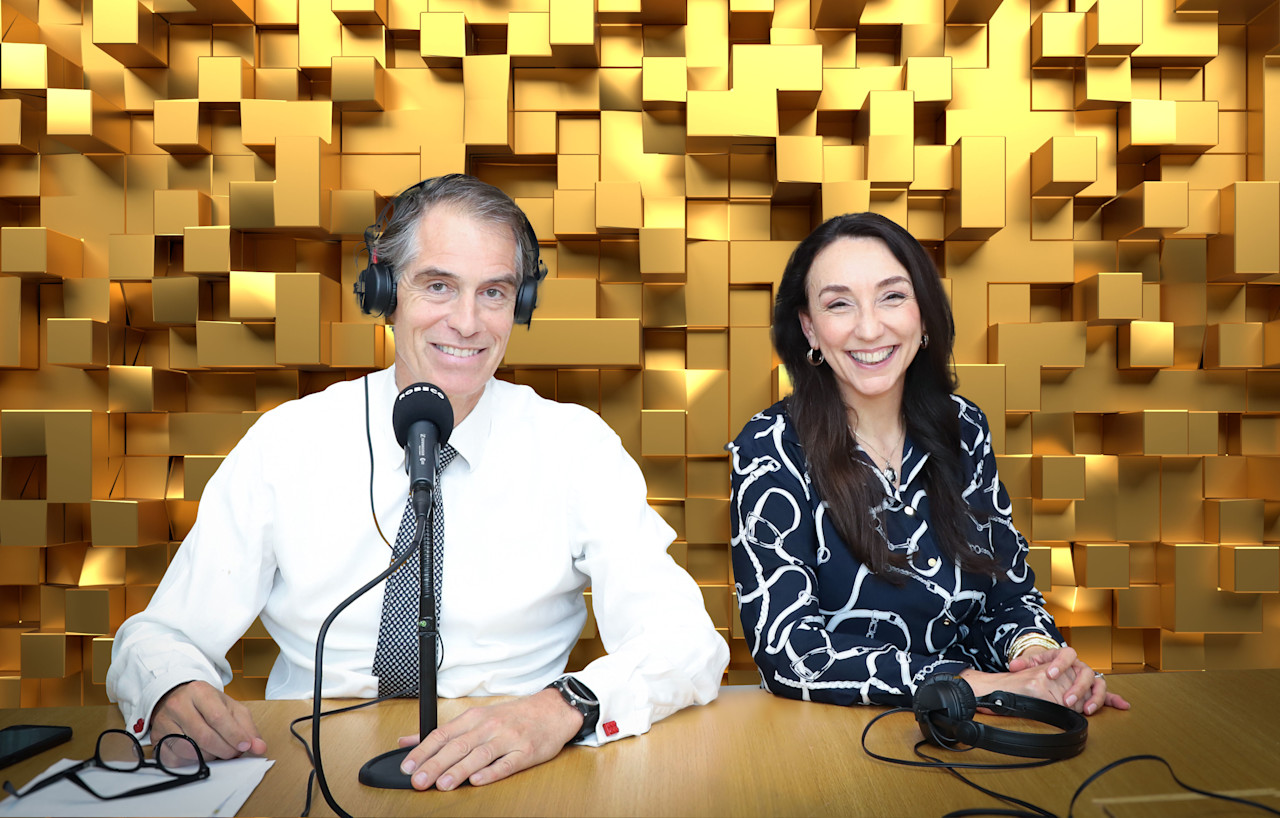

Fixed income outlook: Season finale
The stage is set for a thrilling finale of 2024. The Fed waited for the disinflation trend to become clear, even as unemployment was picking up. Did they wait too long?
Sommario
- The Fed’s delay in responding to the disinflation trend has increased recession risks
- US fiscal policy is expected to loosen further
- We have increased curve steepeners and remain defensive toward credits
In August, after the weak July employment report, Fed Chair Powell pivoted at Jackson Hole and announced that rate cuts are coming. US unemployment started rising a year ago. The delay in response to rising unemployment has increased concerns that tight monetary policy will have a stronger impact than initially anticipated. Just like a season finale, where every character’s move is crucial to the outcome, the timing and impact of these rate cuts are being closely watched.
While a recession is not the base case, at this point it could be triggered by a single accident. Consequently, markets have quickly priced in a steep Fed cutting cycle, reflecting concerns that the Fed may be behind the curve. Despite a significant number of cuts priced in, forwards indicate that 2025 will start with Fed funds above 4%, a level still far above the so-called neutral rate, which is probably closer to 3%.

Fiscal and market uncertainty amid restrictive monetary policy
Hence, monetary policy is expected to remain restrictive well into next year. Notably, risk markets have effortlessly shrugged off the early August scare, boosted by the prospects of lower rates and showing little doubt that the Fed can engineer a soft landing. Bond markets are less sure. Our leading indicator for the US economy also points to increased risk of a less-soft landing.
However, fiscal risks are increasing. In our June quarterly outlook, ‘Fiscal hurricane season,’ we noted that these risks could suddenly take center stage, leading to significant market volatility. Indeed, as we approach the climax of this political season with the US presidential elections on 5 November, markets will focus increasingly on the economic implications of the outcome, with fiscal policies closely monitored.
Scarica la pubblicazione
Cosa c’è di nuovo sul fronte dei titoli corporate?
Resta sul pezzo con la nostra newsletter sulle ultime novità in tema di investimenti obbligazionari.






















